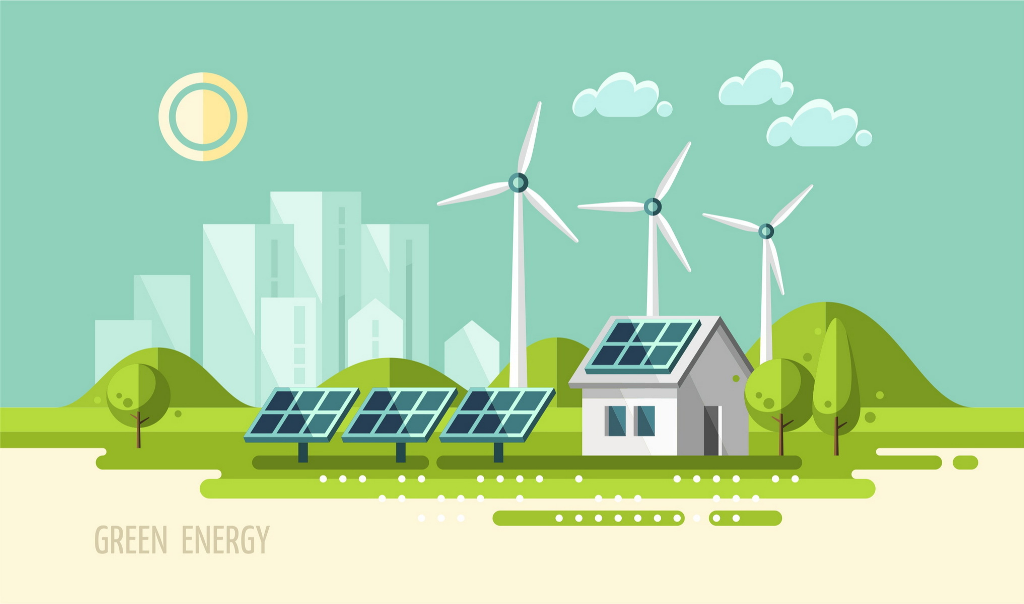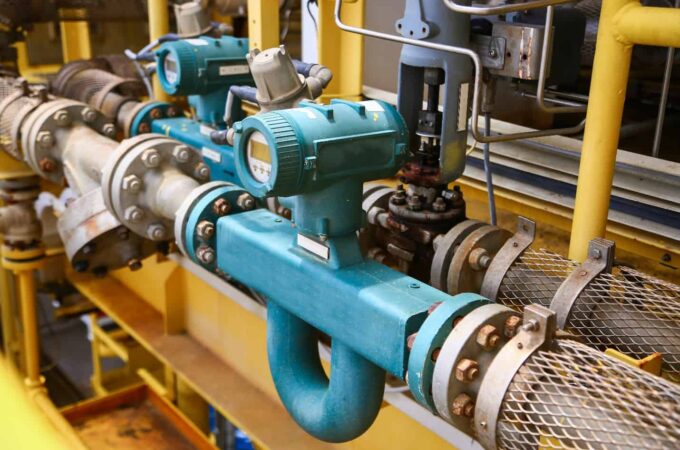
Understanding The Rise Of Renewable Energy Sources And Their Scope In India
India is home to 18% of the world’s population, and it uses only 6% of the world’s primary energy. This, however, is rapidly changing. India’s energy consumption has practically doubled since 2000, and the potential for further growth is nothing less than gigantic. Its energy landscape is evolving like never before. So, keep reading to find out more about how this progression in the energy sector is shaping the country.
A “green nation”
Solar energy is the prime source of inexhaustible energy available. And, India is one of the nations most beloved by the sun, thus remains blessed with about 5,000 terawatt-hours (TWh) of solar insolation every year. Now do the math, even if a tenth of this was used, it could mean the end of India’s power problems.
Renewable energy has the potential to re-energize India’s economy, creating millions of jobs, enabling the country to achieve energy independence, propelling it forward as a “Green Nation.”
And India should be taking full advantage of this golden opportunity. Renewable is known to be able to reach remote and rural areas, where almost 289 million people who don’t have access to reliable sources of energy life.
An increased generation capacity

Right now, India’s power generation capacity is about 200,000 megawatts (MW). By switching to renewable energy, the country would be able to increase its solar power generation capacity to far more than 200,000 MW and wind energy to over 100,000 MW. And all this could be done by 2030 if the right resources, and more importantly, energy policies are developed.
India also has the potential to develop massive commercial wind farms to harness the powerful winds raging around the inland coastal areas, boosting the country’s supply of clean, renewable energy. To read more about this, refer to the infographic by Betway below:
Economic growth
The average per capita consumption of electricity in India is about 500 watts (W), which is a lot lower than that of developed countries, such as the US, Europe, Australia, Japan, and more. However, this figure is expected to rise sharply due to the high economic growth and rapid industrialization happening in India right now.
At the same time, India is facing an energy scarcity, which has been hampering its industrial growth and economic progress. Therefore, it is essential to tackle the energy crisis by the utilization of abundant renewable energy resources, such as biomass energy, solar energy, wind energy, and geothermal energy.
Already well on its way
The International Energy Agency recently conducted a new report on global energy investment. In India, it found that renewable power investments far exceeded those of fossil fuel-based power for the third year in a row, and spending on solar energy greatly surpassed the expenditure on coal-fired power generation for the first time!

India now has more than 77 gigawatts (GW) of installed renewable energy capacity, which is more than double what it had a mere four years ago. And additional projects totaling roughly 60 GW of renewable energy capacity are still in the works, putting India on the perfect track to meet its commitment of 175 GW of renewable energy capacity by 2022 under the Paris climate agreement.




